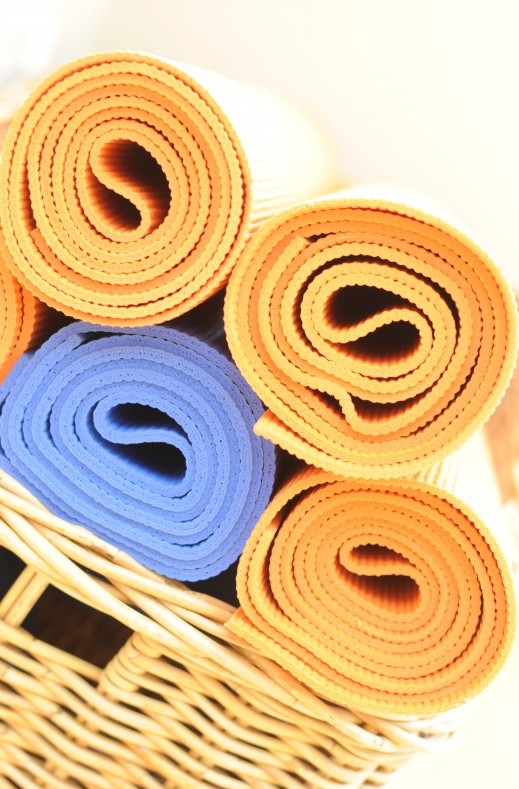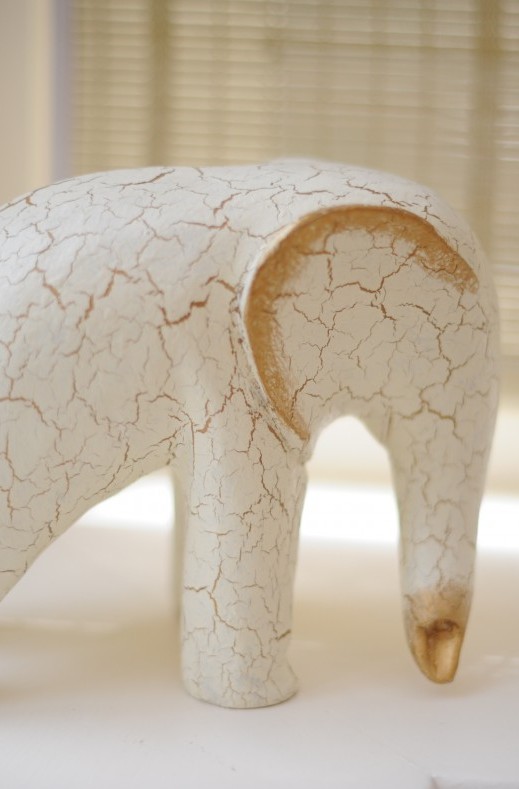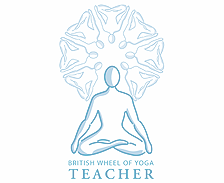
more
about
yoga
practice
Yoga practice involves physical postures, specific breathing practices, deep relaxation and meditation. It is a precise system, which allows us to discover and release our embodied tensions, to free ourselves of our limitations and in doing so realise our full potential.
“The primary aim of yoga is to restore the mind to simplicity and peace, to free it from confusion and distress. This sense of calm comes from the practice of asanas (postures) and pranayama (breathing). Unlike other forms of exercise which strain muscles and bones, yoga gently rejuvenates the body. By restoring the body, yoga frees the mind from the negative feelings caused by the fast pace of modern life. The practice of yoga fills up the reservoirs of hope and optimism within you.” B.K.S. Iyengar
The practice of yoga is non-competitive and embraces all religions and cultures. Everyone can practice yoga, the fit and the un-fit, the calm and the stressed, just come as you are!
benefits
Benefits of Practising Yoga
‘Yoga is not about what you can achieve, it is about how YOU would like to feel.’
Regular yoga practice can lead to improved; self-awareness, physical health, mental health and emotional balance.
‘Yoga’ translates literally as to yoke or join. Ultimately the traditional aim of the practice of Yoga is to re-unite mind, body and spirit by working systematically towards attaining that rather elusive state of inner peace!
Specific Potential Benefits from regular Yoga Practice
- Improved posture, flexibility, circulation, strength, stamina and general state of health
- The ability to cope with stress and anxiety more effectively
- Being able to completely and deeply relax
- Overcoming insomnia or troubled restless sleeping habits
- Feeling energized and rejuvenated
- Living with and Managing chronic pain
tradition
Yoga originated in India many thousands of years ago but has evolved and been adapted over time. What we refer to today as ‘modern yoga’ is largely the result of the mixing pot of Indian and pre-dominantly British cultures over the past few centuries.
A common question from students is ‘what type of yoga do you teach?’
The vast majority of yoga taught in the west today is ‘Hatha’ yoga. Hatha yoga traditionally comprises of physical postures ‘asanas’, breathing techniques ‘pranayama’ and cleansing techniques ‘Kriya’, (however, Kriya techniques are not usually taught in yoga classes. (‘Neti’ is an example of a kriya which may be more widely known, it is the cleansing of nasal passages using saline water poured through the nose from a ‘neti pot’ and can be very helpful for treating colds or sinusitis.)
There are many different flavours of hatha yoga which have been developed in more recent times e.g. ashtanga, iyengar, viniyoga, scaravelli and even more recently the likes of anusara and bikram, , but they are all still Hatha yoga.
The two main texts which modern yoga is founded upon are the Hatha Yoga Pradipika (HYP) believed to have been written in the 1600s and The Yoga Sutras of Patangali (YSP), estimates of the origins of the sutras range from 5000 B.C. to 300 A.D.
The HYP is a practical ‘how to do it’ manual. Although, it is clear from this text that purpose of Hatha yoga practice is solely the preparation required for Raja Yoga – the yoga of the mind or meditation.
According to the text, Hatha yoga is a preliminary practice to allow a successful transition to Raja yoga without the existence of dis-ease and embodied tension leading to blockages in the body which would serve to distract the mind during meditation.
As directed by the HYP these problems can be corrected by the systematic practice of asanas, pranayama and kriya through a mainly physical discipline.
The Yoga Sutras of Patangali is primarily concerned with the mind. Asanas and pranayama are mentioned but with a different emphasis as they comprise limb three and four of the ‘eight limbed path’ which is outlined in the text and which encompasses the suggested personal approaches to life which can culminate in a state of inner peace ‘samadhi’ (limb eight of the path).
.
Patangali’s Eight Limbs
1. Yamas – 5 social attitudes; gentleness, truthfulness, honesty, respect and generosity.
2. Niyama – 5 personal attitudes; self respect, contentment, self-discipline, self-reflection and dedication.
3. Asana – comfortable (sukha) stability (sthira), free from tension.
4. Pranayama – unhindered subtle natural breathing/energy
5. Pratyahara – Inner Focus
6. Dharana – Single pointed focus
7. Dhyana – State of Meditation, resting in awareness
8. Samadhi – Enlightenment, Self-Realisation, Inner Peace
The YSP is concerned with personal development and one’s approach to life. It sets out quite clearly the aim of yoga which is to cultivate a calm mind in order to reveal a state of inner peace.
The traditional way of teaching yoga was aurally from teacher to student. The teacher would give instructions to the student and the student would go away and practice them. The student would return and give their feedback and based on this, the teacher would prescribe the next set of appropriate practices.
Today yoga is commonly taught in group classes, as well as on a one to one basis. Learning in a group has its benefits and can feel very supportive but it is important to understand that it also has some limitations. Home practice and study is extremely helpful for students to progress and allow the benefits which they experience in a class to become integrated into their everyday life.
‘Yoga is 99% practice, 1% theory’ B.K.S. Iyengar
books
Intelligent Yoga – Re-educating Mind and Body
Peter Blackaby
Outhouse Publishing ISBN 978-0-9572391-0-4
If you only ever buy one yoga book, I recommend this one!
The Heart of Yoga
T.K.V. Desikachar
Inner Traditions International ISBN 0-89281-764-X
description
The Yoga Sutras of Patangali – translation and commentary
Sri Swami Satchidanda
Integral Yoga Publications, Virginia, USA ISBN 0-932040-38-1
description
Breathwork
Swami Saraswati
Thorsons
links
This the British Wheel of Yoga’s Eastern Regional web site.
This is the British Wheel of Yoga’ National web site.
Pete Blackaby is an internationally well respected yoga teacher & osteopath. The approach he is working with at the moment has its roots in a humanistic philosophy. His teaching is completely in line with Halcyon Yoga’s approach to teaching yoga and facilitating self enquiry and self-development.
The Yoga journal is full of information and up-to-date articles on the subject of yoga.








